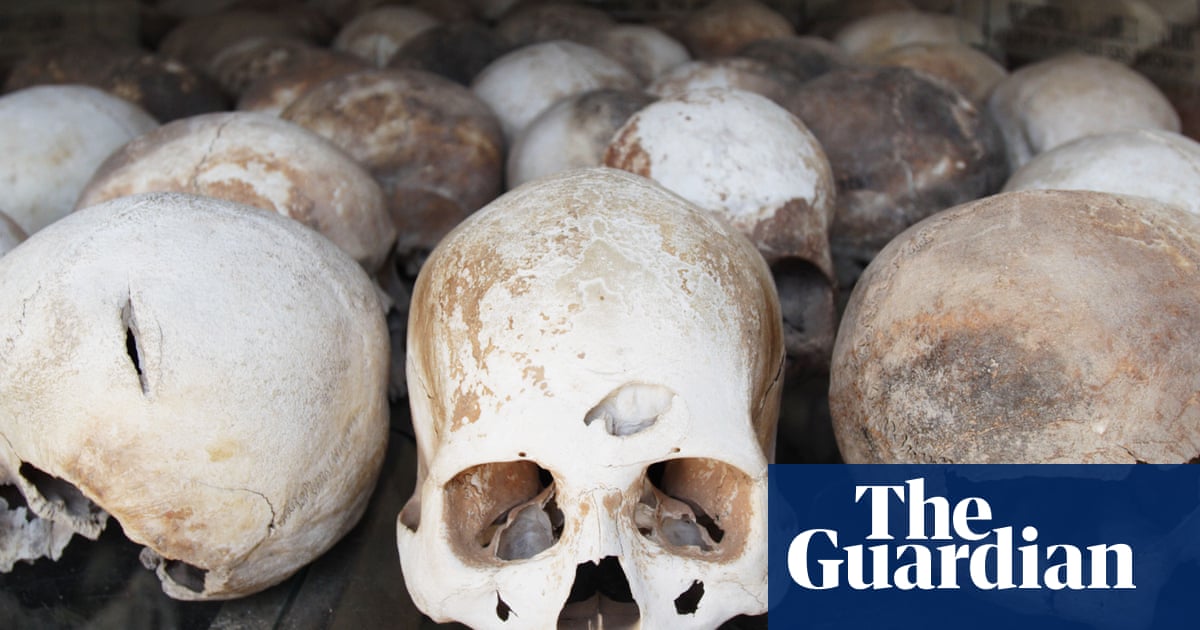UNESCO Recognizes Khmer Rouge Sites in Cambodia as World Heritage
Three sites of Khmer Rouge atrocities in Cambodia, including prisons and killing fields, have been added to the UNESCO World Heritage list, honoring the victims of genocide.
Subscribe to unlock this story
We really don't like cutting you off, but you've reached your monthly limit. At just $5/month, subscriptions are how we keep this project going. Start your free 7-day trial today!
Get StartedHave an account? Sign in
Overview
- Three sites of Khmer Rouge brutality, including Tuol Sleng prison and Choeung Ek killing fields, were added to UNESCO's World Heritage list.
- Cambodian Prime Minister Hun Manet encouraged nationwide drum beating to commemorate the UNESCO recognition of these historical sites.
- Tuol Sleng, once a high school, became the infamous S-21 prison where thousands were tortured during the Khmer Rouge regime.
- Choeung Ek, a former cemetery, served as a killing field where many S-21 prisoners were executed, now recognized for its historical significance.
- The recognition aims to acknowledge Cambodia's painful legacy of genocide and mass atrocities, as highlighted by Youk Chhang from the Documentation Center of Cambodia.
Report issue

Read both sides in 5 minutes each day
Analysis
Center-leaning sources frame the UNESCO listing of Khmer Rouge sites as a significant acknowledgment of Cambodia's traumatic history. They emphasize the ongoing struggle with the legacy of genocide, reflecting a somber perspective on national memory and the importance of remembrance, while subtly critiquing the government's celebratory response.
Articles (3)
Center (1)
FAQ
The three sites are the Tuol Sleng Genocide Museum (former S-21 prison), the Former M-13 prison in Kampong Chhnang province, and the Choeung Ek Genocidal Centre, also known as the Killing Fields.
The inclusion acknowledges Cambodia's painful legacy of genocide and mass atrocities under the Khmer Rouge regime, serving as a memorial to victims and a means to heal historical wounds.
Tuol Sleng was originally a high school turned into the notorious S-21 prison by the Khmer Rouge, where about 15,000 people were imprisoned and tortured before many were executed at the Killing Fields.
They provide unique historical evidence of Khmer Rouge crimes, represent the attempt to kill entire minorities, and have been emblematic in the evolution of international criminal justice regarding such atrocities.
Yes, two of the locations, including Tuol Sleng Genocide Museum and Choeung Ek Killing Fields, are accessible and form part of the tourism circuit around Phnom Penh, serving as places of peace and reflection.
History
- This story does not have any previous versions.



